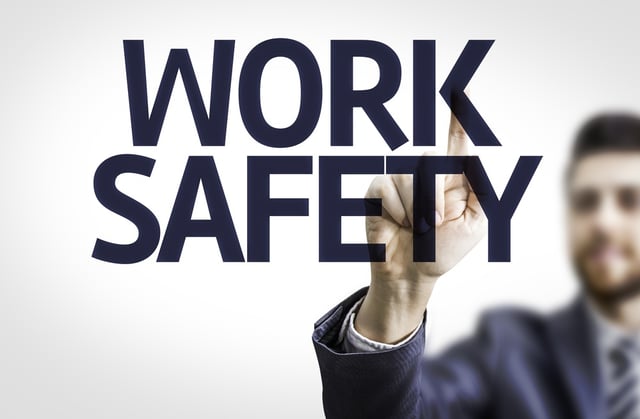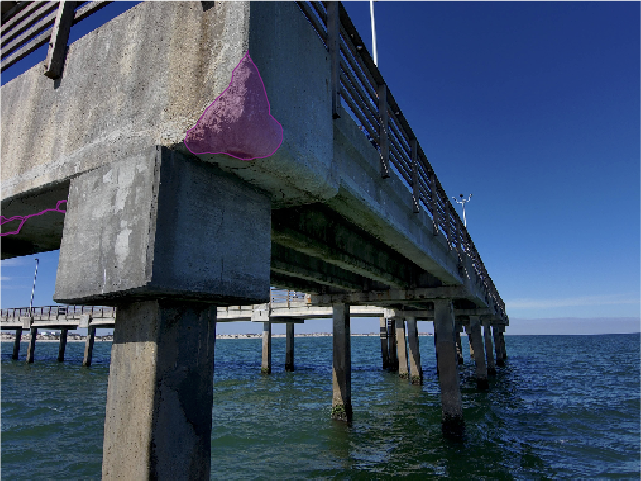An efficient planning and execution ensures a smooth shutdown maintenance and startup without delays or significant budget overruns. It should be every project manager’s goal to maintain the downtimes and costs to a minimum without compromising the quality and safety.

To achieve this, there must be adequate planning months or weeks before the shutdown, turnaround, or outage project. The planning should clearly define the activities from one phase to the next one and the deliverables expected at each phase.
In addition, there should be proper documentation that shows the milestones due in each of the phases and the people responsible for the specific tasks.
However, due to the complexity and requirement to properly manage the high-risk events in the shutdown projects, several companies continue to face a variety of challenges during the turnaround maintenance. For these and others, here are the five best practices for planning and executing a shutdown successfully, on time, and on budget.
Proper management of the project scope
An effective scope will have all the work order with the respective tasks list. The proper and careful planning enables the teams to optimize the scope and necessary activities.
There should be a clear description of each component and planners should describe in details, the equipment, materials, labor, and permits. However, a detailed work order requires a qualified planner who understands the equipment and systems within the plant.
The teams should agree on the scope well in advance to prevent changes during the turnaround. This can be done six months before the project execution.
Unfortunately, even with proper planning, changes in the project scope are inevitable and handling them properly is critical to ensuring the success of a shutdown project. The changes occur due to the event or customer driven issues, technology changes, trickle down events, poor or lack of understanding of the project, changing market conditions, and more.
The scope changes shortly before and during the project execution often lead to delays, inefficiencies, extra costs, or failure to complete the project as planned. In addition, major changes will have additional risks that will most likely require reviewing of the existing health and safety measures.
To avoid the negative impact of these changes, there must be a system that manages the variations in the scope in a structured way. Any changes in the scope components should update all the related functions and activities.
Before implementing any changes, it is essential for the project manager to rework the timelines and budget and then communicate the changes to the stakeholders.
The project should have a single system where all stakeholders can refer; otherwise different records may create confusions. The single record makes it easier to manage the scope as well as having collective project change notices (PCNs).
A formal standardized process ensures proper capturing and managing changes in the scope, cost, and schedule. This improves the management of the scope while the analysis and documentation after the project will provide valuable lessons learned for future projects.

Ensuring Safety in the shutdown Project
The workplaces have inherent safety risks for the workers that occur during the shutdown and maintenance processes. The safety challenges that ill-equipped organizations face include;
- Presence of many workers and equipment in small spaces increases the potential risks such as injuries, falls, getting stuck and others.
- Due to tight schedules, the workers may work for extended periods of time, hence increasing fatigue and possible accidents.
- Companies hiring external laborers who may have challenges working with unfamiliar equipment and environments.
- Changes in the scope may increase the risks because of the short time to plan for the additional work.
Companies and maintenance teams can improve safety by proper preparations as well as an organized approach. Best practices include advanced planning and utilizing cross-trained teams in which the same professionals perform more than one trade, hence reducing the number of people in a particular space.
The modern technologies can also help organizations increase the safety of the workers. For example, using inspection drones enables the organization to first assess the assets before sending the human workers.
The pre-planning inspections help in identifying any safety issues and hence the opportunity to equip the workers appropriately. The maintenance team can use the drones to determine if a space is contaminated, has structural defects or any other condition that puts the workers at risk.
Tracking Costs in a turnaround project
Controlling the cost and duration of a shutdown is usually a challenge. If not handled properly, the projects end up costing much more than the initial budget.
For this reason, it is important to track the costs and compare against the projected progress to ensure that there is no significant deviation. Most often, the STO projects are supported by complex financial structures that are quite different from the traditional budgeting systems.
The traditional budgeting has limitations and therefore cannot meet the unique requirements of the complicated shutdown projects which are usually financed through different cost centers.
Although some project scopes within a shutdown may be funded through joint ventures, others may have their own cost centers, hence complicating the overall cost tracking of the project. It is, therefore, essential to have a tracking system that captures all the aspects of the different components of the project. This should be able to track the individual expenses for the parts, equipment, and labor.
Cost tracking involves both direct and indirect expenses. The regular labor, overtime, external labor, allowances, equipment hire, and materials, as well as any other cost should be well accounted for and charged to the appropriate cost centers.The costs can also be shared appropriately based on the percentage each cost center is contributing towards that project scope.
The best practice is to capture all the costs after each shift. Comparing this information with original budget, plan and schedule, enables the management to forecast and plan forward properly.
Accurate stakeholder communications
Clear, timely and accurate information is essential throughout the project. This creates a better environment for trust, team work, and problem-solving. The senior management should always ask all the relevant questions, while all the team members, who should understand their roles and responsibilities, should respond with the correct information and progress status.
The management, technical department, finances and any other person involved directly or indirectly should have accurate information on a shift-by-shift basis. This should include the progress, what is remaining and whether the teams are meeting the targets.
If they are off-target, the people involved should communicate and give reasons which are preventing them from performing. This aids in making the right management decisions in terms of changing the scope, resource allocation, cost overrun projections, schedule changes, etc.
Companies can use an integrated project control solution to analyze the progress at different levels. This allows combining of different information at the area, project, and sub project levels to provide a comprehensive performance data that the management can use to chart the way forward.
Traditional practices can achieve some progress to some extent. However, the manual spreadsheets, forms, and documents may limit the smooth flow of information to all stakeholders. This makes it difficult to track the progress or verify compliance with maintenance policies, procedures, protocols, and safety requirements by the many contractors or teams and may, therefore, impact on the success of the shutdown.
Controlling the shutdown project schedule
Scheduling is part of the planning of the processes that address the action sequences, duration and resource requirements. The proper resource allocation is critical and everything, including the labor, time, materials, and space limitations must be taken into consideration.
In a shutdown project, the schedule is closely related to the budget. A delay in a shutdown impacts on the budget through penalties and increased labor or hours.
For an effective project management in a large and capital-intensive maintenance project, there should be an integrated schedule system that incorporates the project and change controls, cost capture and budget management. This allows the teams to use the integrated features to plan, schedule and easily manage the scope or processes.
It is important to update the schedule for every shift while capturing all associated costs for each of the functions. The software solution ensures that any change is reflected in all the related activities in terms of time and budget.
In addition, an integrated system has a real-time and smooth flow of information that allows the management, team leaders, and workers to follow what is happening, and make the necessary adjustments when necessary.
The manual capturing of data from the field is slow and cumbersome. In addition, it requires more data manipulation in order to generate actionable reports. Companies adopting mobile technologies, drones inspection technologies, and others are in a better position to capture real-time field data critical in the efficient execution of the shutdown.
The real-time status allows the management to effectively decide on the way forward and see if there is a need to add resources or more workers in order to remain on schedule. This will also provide the schedulers with the opportunity to adjust and optimize the plans for the next shifts.
Conclusion
Using software tools provides an effective way of managing the various process and events in a shutdown project. The different tools should be integrated to provide a comprehensive performance management solution that can manage the scope and budget, capture the costs and control the schedule.
Since the changes in the project are inevitable, the best way to reduce their negative impact is to have a system of handling them in an efficient manner.
A formal change management system with standardized processes ensures proper capturing and managing of the changes in the scope, cost, and schedule. This reduces the risk of overruns and delays that may arise due to the unplanned work.
A near real-time visibility and communication enables the management to look forward and identify potential problems which they can then address before they cause bigger problems in the project.
Tags
Oil and Gas




.png)
